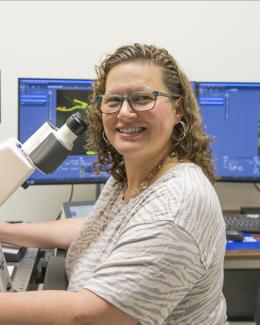Abstract
Plant–microbe interactions underpin processes related to soil ecology, plant function, and global carbon cycling. However, quantifying the spatial dynamics of these interactions has proven challenging in natural systems. Currently, microfluidic platforms are at the forefront of innovation for culturing, imaging, and manipulating plants in controlled environments. Using a microfluidic platform to culture plants with beneficial bacteria, visualization and quantification of the spatial dynamics of these interactions during the early stages of plant development is possible. For two plant growth–promoting bacterial isolates, the population of bacterial cells reaches a coverage density of 1–2% of the root's surface at the end of a 4 d observation period regardless of bacterial species or inoculum concentration. The two bacterial species form distinct associations with root tissue through a mechanism that appears to be independent of the presence of the other bacterial species, despite evidence for their competition. Root development changes associated with these bacterial treatments depend on the initial concentrations and species of the bacterial population present. This microfluidic approach provides context for understanding plant–microbe interactions during the early stages of plant development and can be used to generate new hypotheses about physical and biochemical exchanges between plants and their associated microbial communities.





